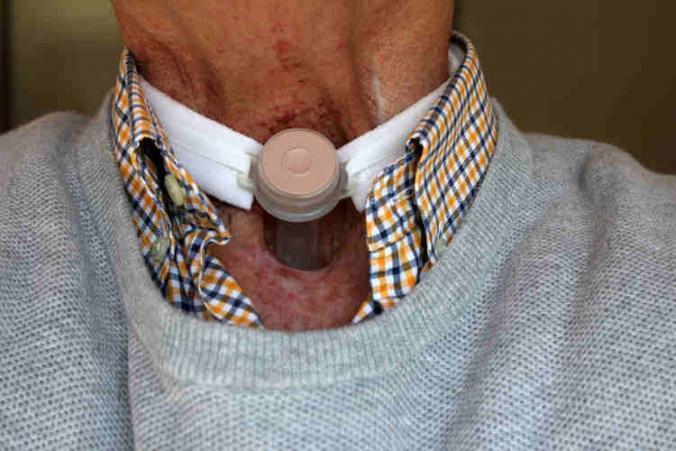Here in Washington State, we’re all talking about the Novel Coronavirus. Over the weekend, we experienced the first US deaths attributed to this virus. In Washington State, L&I is encouraging workers to stay safe. However, if they get the disease, they should file an L&I claim for Corona virus.
L&I announcements regarding the Corona virus outbreak
The Washington State Department of Labor and Industries (L&I) posts information on its website related to a variety of workplace safety topics, including biological hazards. I checked today and L&I has information and resources related to Coronavirus on its Safety & Health page.
L&I has posed the CDC guidance for businesses and employers to plan and respond to the virus. On top, L&I posted posters in Spanish and English on stopping the spread of germs. Furthermore, it has posted the CDC situation summary and resources, and it has posted OSHA help and resources.
Office workers following CDC recommendations
As an employer and a workers’ compensation attorney, I found these resources very helpful and I shared them with my staff. Because I work in an office setting, I believe it is relatively easy for me to employ the CDC recommended strategies. I can encourage sick employees to stay home and I can offer flexibility with sick time. Moreover, I can encourage healthy habits to help decrease the spread of germs.
However, I do believe there are very similar steps many of us can do to help. Simple actions such as washing our hands regularly and covering our mouths and noses when we cough or sneeze. Also, staying home when we’re feeling poorly is important. At the same time, it’s important to acknowledge there are many industries that can’t follow the CDC recommendations. For example, industries that employ vast numbers of workers that will continue to be impacted by the virus. Spearheading those efforts are our healthcare workers and first responders.
Healthcare employees and first responders are on the front line
As we’ve seen, hospitals employees, EMT personnel, firemen and other first responders were exposed to Coronavirus patients. In most cases, those workers and first responders have been quarantined. As the number of individuals that have contracted the virus increases, more healthcare workers will be impacted. While those of us in other industries can limit our exposure, healthcare workers and first responders are running head-first into this storm. It will impact their health, their livelihood, and their families.
I’d like to take this opportunity to thank our dedicated healthcare workers and first responders. For their dedication, and to the web-being of our society. It is at times like this that we realize what a valuable resource these workers are to our society, nation, and economy.


